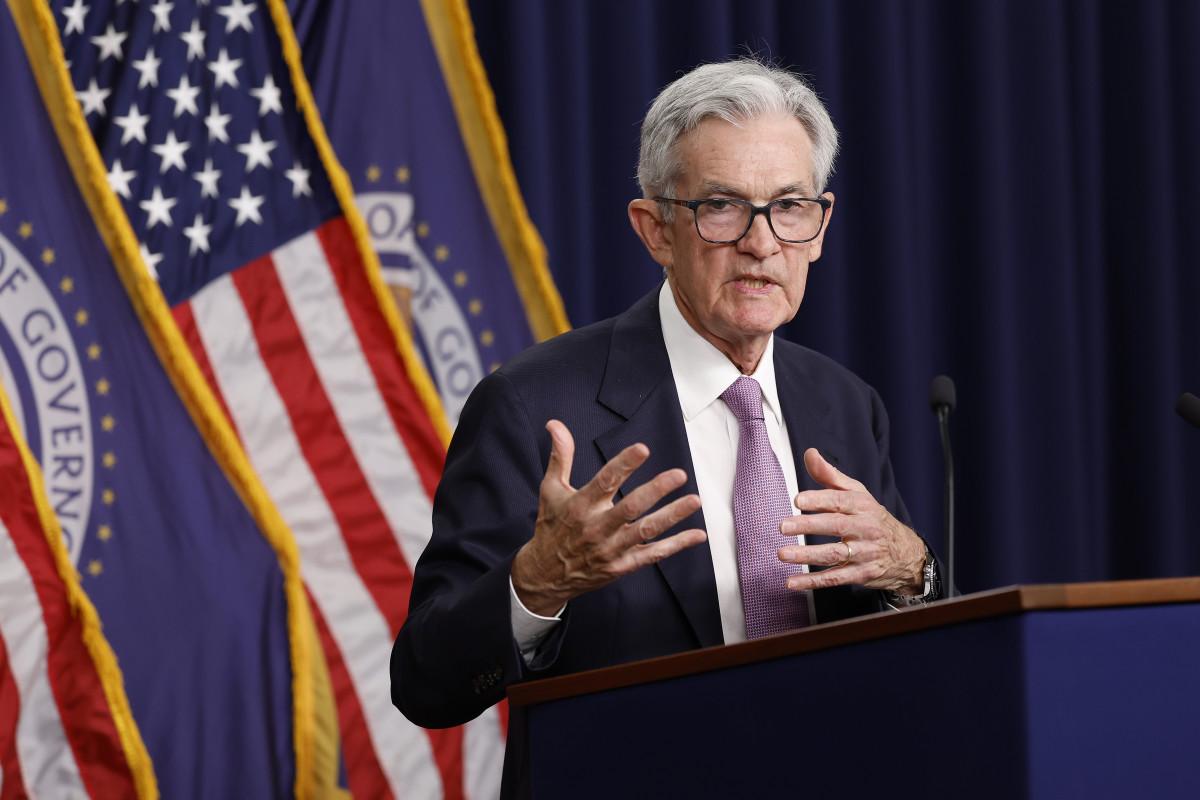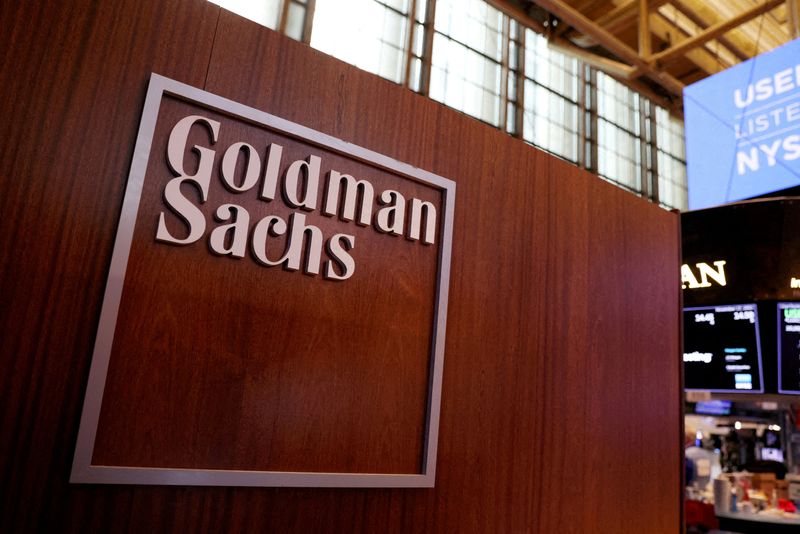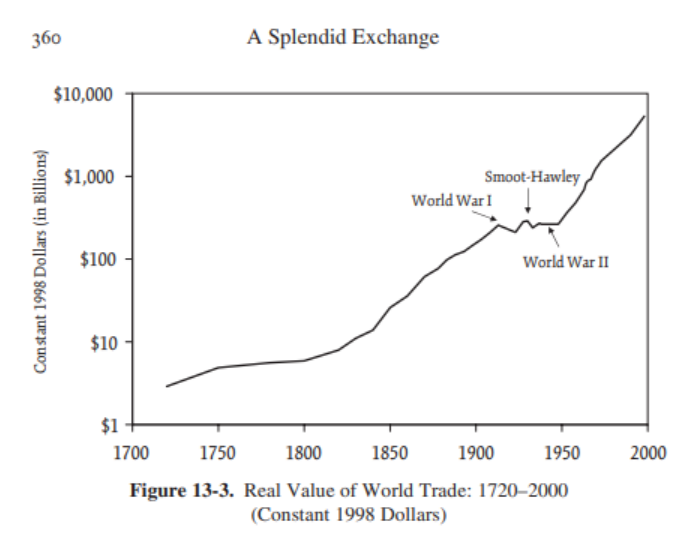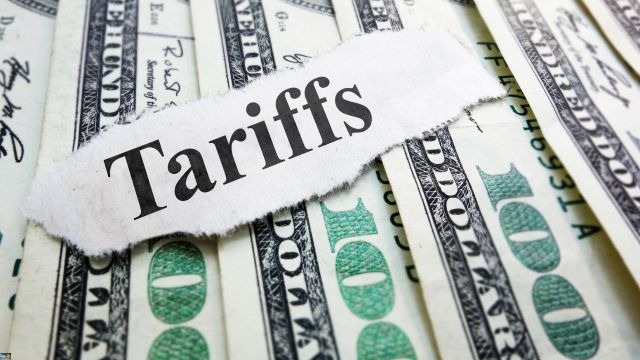March jobs report provides relief, but markets brace for weakness
The labor market is holding up. For now.

The U.S. economy added a bigger-than-expected tally of net new jobs last month, data indicated Friday, providing markets with a small kernel of relief amid the extended tariff-triggered selloff.
The Bureau of Labor Statistics reported that 228,000 new jobs were created in March, a tally that topped Wall Street's 140,000 forecast and the downwardly-revised February reading of 117,000. January's tally was revised to a gain of 111,000.
Average hourly earnings were steady in March, rising 0.3% from the previous month, but slowed to an annual pace of 3.8%, just inside Wall Street's 3.9% forecast.
The headline unemployment rate edged higher to 4.2%, while the labor force participation rate slipped 0.2 percentage point to 62.5%. Getty
"The solid March jobs report highlights an economy that remains resilient despite sticky inflation, a drop in consumer confidence and uncertainty surrounding the impacts from recently introduced tariffs," said Joe Gaffoglio, CEO and president at Mutual Of America Capital Management. "With inflation stuck well above the Federal Reserve’s 2% target and uncertainty over tariffs, the Fed is unlikely to cut rates anytime soon, and may only begin to reevaluate this position should the job market deteriorate more significantly.”
U.S. stock futures pared some of their premarket declines following the data release, with futures tied to the S&P 500 indicating a 135 point opening bell slump and the Nasdaq called 480 points higher. The Dow Jones Industrial Average was last called 1,050 lower.
Benchmark 10-year Treasury note yields rose 1 basis point to 3.905% following the data release while rate-sensitive 2-year notes also rose 1 basis point to 3.565%.
The U.S. dollar index, which tracks the greenback against a basket of six global currencies, was marked 0.1% lower at 101.911, the lowest since October.
Related: Trump tariffs raise U.S. recession and stagflation risks
Earlier this week, data from Challenger Gray showed corporate layoffs for the month of March nearly doubled from last year to 172,0107, with the DOGE-lead overhaul of the federal workforce accounting for 280,253 layoffs over the past two months.
Payroll processing group ADP, meanwhile, reported a firmer-than-expected total of around 155,000 in terms of private sector job creation, despite the economic uncertainty and a pullback in consumer sentiment.
More Economic Analysis:
- Gold's price hit a speed bump; where does it go from here?
- 7 takeaways from Fed Chairman Jerome Powell's remarks
- Retail sales add new complication to Fed rate cut forecasts
Weakening U.S. growth, however, and the prospect of a near-term recession tied to President Trump's tariff regime, has boosted bets for deeper Federal Reserve rate cuts over the coming year.
The CME Group's FedWatch now suggests a 42.5% chance of a quarter point reduction in May, up from just 18.5% last week, and indicates at least three rate cuts, and possibly four, by early December.
Related: ADP jobs report suggests little tariff impact on private-sector hiring
"Retaliatory tariffs and slower global trade could weigh on exports and financial markets, said Nuwan Jayawardana, director of investment research at Acuity Knowledge Partners.
"This could amplify recessionary risks and push the Fed to provide monetary cushioning, especially if fiscal tools prove to be politically constrained," he added.
The most likely Fed path after 'Liberation Day' is a pause or further hikes as cost-push inflation plays out," Jayawardana said. "However, a pivot to rate cuts is plausible – and potentially swift – if the tariffs do more economic damage than anticipated."
































































































































































